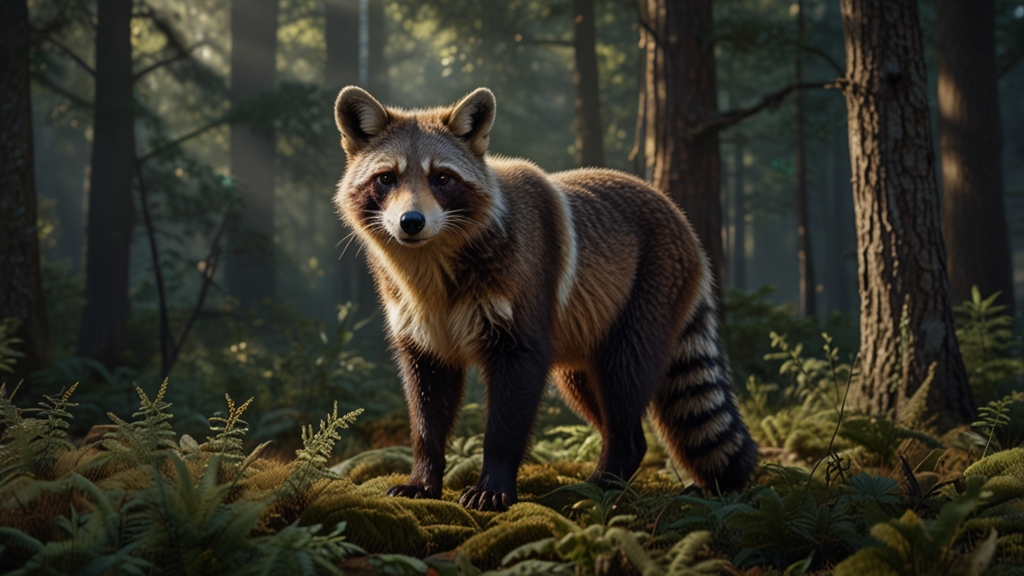Guardians of the Forest: Mammals That Create and Sustain Ecosystems
The forest ecosystem is a complex web of life where every organism plays a significant role. Among these, various mammal species stand out for their unique contributions to creating and sustaining these habitats. From the forest floor to the canopy, these mammals are the unsung heroes that maintain the delicate balance required for the forest's survival.
Keystone Species: The Pillars of Ecosystems
In ecology, 'keystone species' are pivotal to the integrity of their environment. These species have a disproportionately large impact on their habitat relative to their abundance. Among forest mammals, a few keystone species highlight this concept brilliantly.
The Role of Beavers in Aquatic and Forest Ecosystems
Beavers are well-known for their engineering abilities, creating dams that transform flowing streams into ponds and wetlands. These modifications are beneficial for many reasons:
- Hydrology: Beaver dams help regulate water flow, reduce erosion, and recharge groundwater supplies.
- Habitat Creation: The ponds and wetlands created by beavers provide essential habitats for numerous species, including fish, amphibians, birds, and other mammals.
- Biodiversity: By creating diverse habitats, beavers contribute to higher biodiversity within the forest ecosystem.
"Beavers are nature's architects, creating habitats that are teeming with life. The ecosystems they build are as diverse as they are essential."
Elephants: The Gardeners of the Forest
While often associated with savannas, forest elephants play an irreplaceable role in tropical and subtropical forest ecosystems. These gentle giants act as the forest's gardeners, promoting biodiversity and forest health:
- Seed Dispersal: Elephants consume a wide variety of plant material and transport seeds across vast distances, promoting genetic diversity and forest regeneration.
- Habitat Modification: Through their feeding habits and movement, elephants create clearings and pathways, which allow sunlight to reach the forest floor and encourage new plant growth.
- Water Redistribution: During the dry season, elephants dig for water, creating sources that other species rely on.
Primate Power: The Vital Role of Monkeys and Apes
Monkeys and apes are more than just fascinating creatures; they play crucial roles in maintaining the health of their forest homes. Their behavior impacts the ecosystem in various ways:
- Seed Dispersal: Much like elephants, many primates are key seed dispersers, contributing to forest regeneration.
- Pollination: Some primates assist in pollinating flowers as they move through the canopy, thereby supporting plant reproduction.
"In their playful leaps and bounds, primates serve as silent stewards, ensuring the forest’s continuity and health."
Predators: Balancing the Ecosystem
Top predators like tigers, jaguars, and wolves play a critical role in forest ecosystems by maintaining the balance of prey populations. This predatory control ensures a healthy and balanced ecosystem:
- Population Control: Predators help regulate the populations of herbivores, preventing overgrazing and promoting vegetation recovery.
- Biodiversity Maintenance: By controlling prey populations, predators encourage a balance that supports diverse plant and animal communities.
Conclusion
The forest is a symphony of life, and mammals are among its most vital conductors. From beavers’ intricate waterways and elephants' seed-sowing walks to the playful antics of primates and the commanding presence of top predators, these guardians of the forest ensure the vitality and longevity of their ecosystems. Recognizing and protecting these mammals is not just about preserving species; it's about maintaining the intricate and life-sustaining web of the forest itself.











